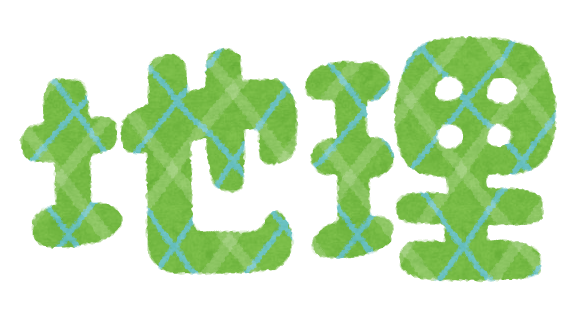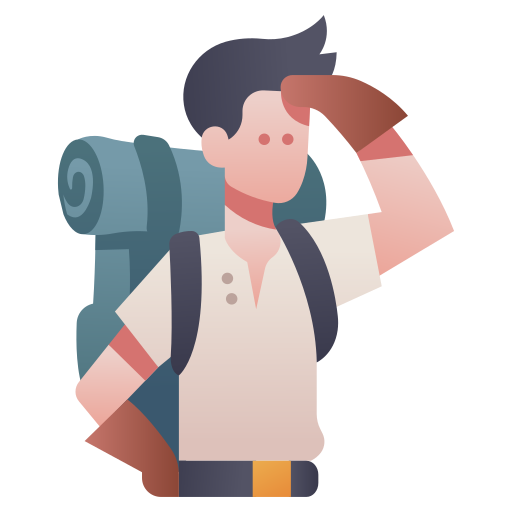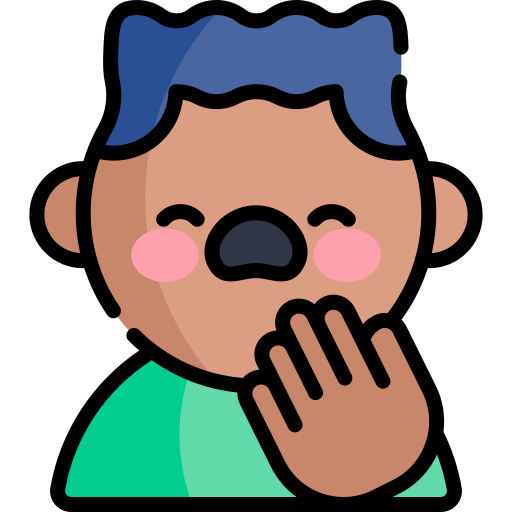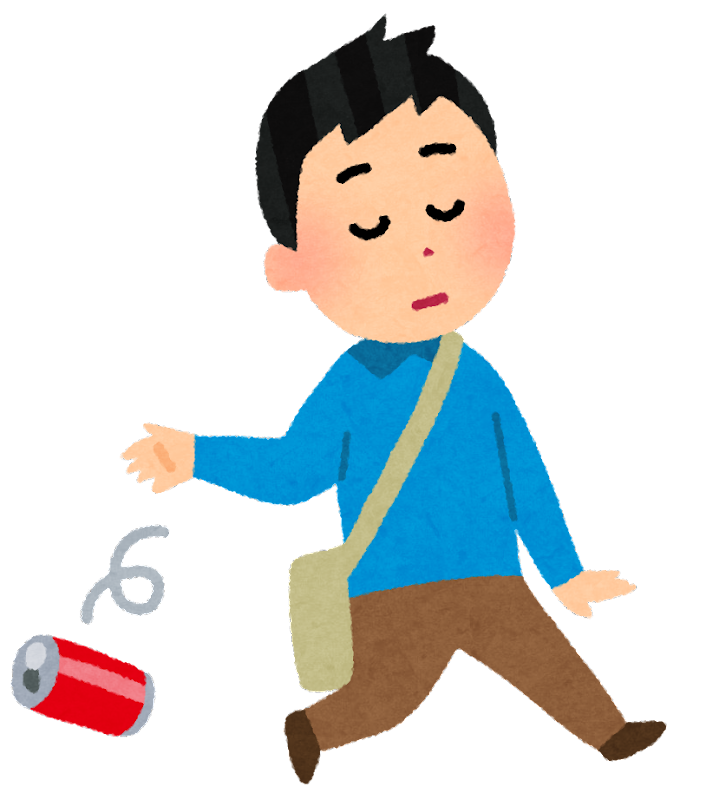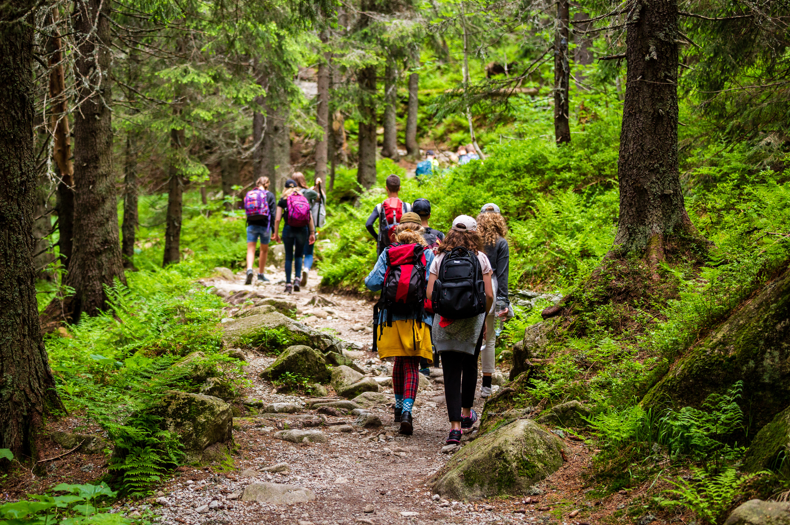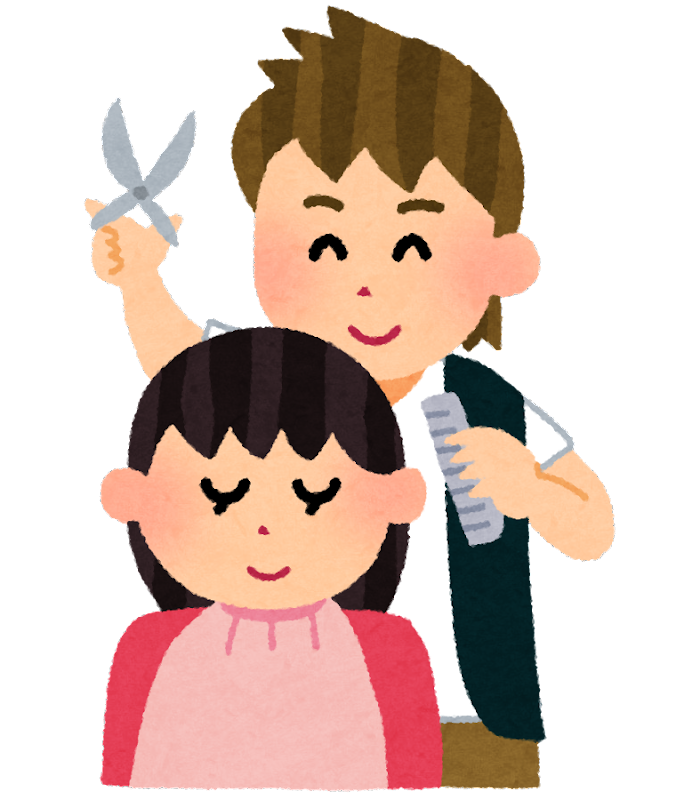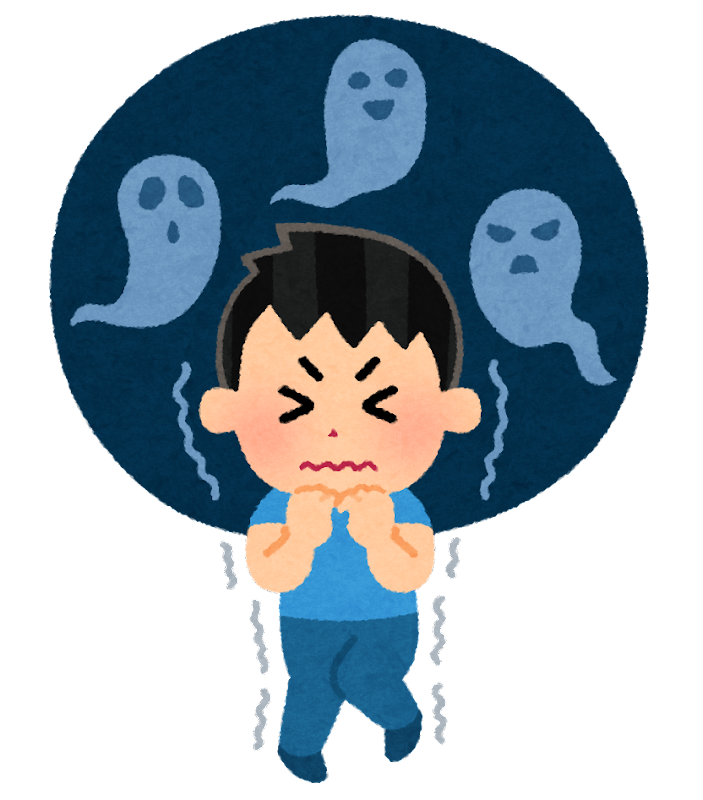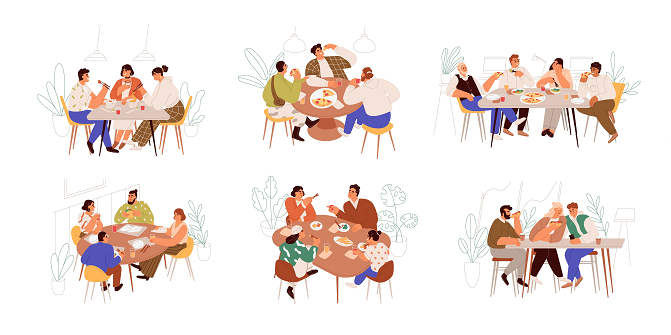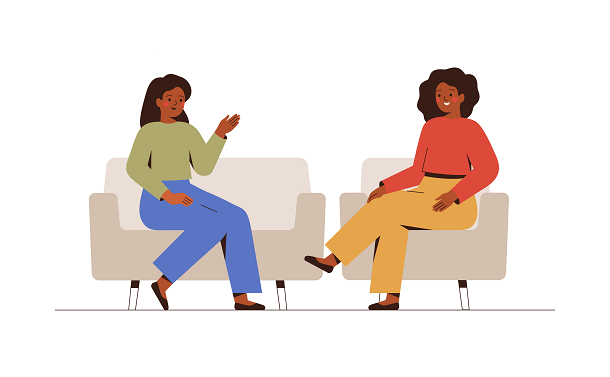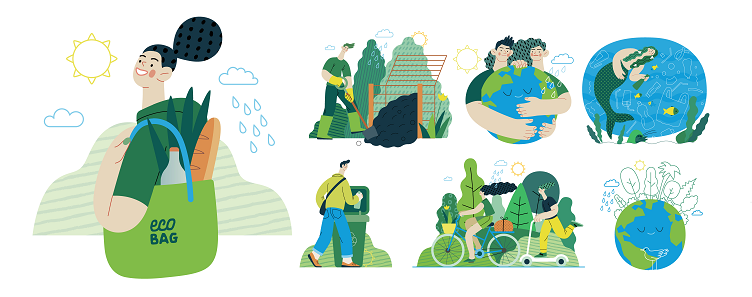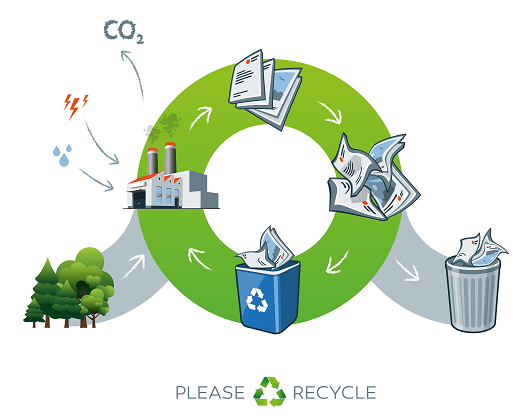


| Answer: |




| 1. | |
| 2. | |
| 3. | |
| 4. | |
| 5. |



| 1. | |
| 2. | |
| 3. |


| What does the man in the picture hold? What do you think he is going to do? |
| Answer: |




 |
pagoda 塔 |
 |
wood 木材 |
 |
pillar 柱 |
|
sway (前後・左右に)ゆすぶる |
 |
willow 柳の木 |


| 1. | This temple is made of ___________. |
| 2. | There is many ancient ___________ in Japan. |
| 3. | The trees were ___________ in the wind. |
| 4. | A ________ tree sway. |
| 5. | The _______ of this building are made of wood. |










| 1. | How many years has Horyuji stood in Nara? |
| Answer: |


| 2. | What was used in the design of the design of Tokyo Skytree? |
| Answer: |


| 3. | What are Japanese construction methods based on? |
| Answer: |





| 1. | Have you ever visited historical buildings? What did you think about it? |
| Answer: |


| 2. | What is the famous building in Japan that you know? What kind of building is it? |
| Answer: |


| 3. | What do you think of the advantages of a flexible structure? |
| Answer: |









Now, I will ask you some questions about your presentation.
| 1. | What are the new things you learned through thinking about the theme? Why do you think so? |
| 2. | What do you think we can do related to the theme? How we can do it? |
| 3. | Did you find any differences between the architecture of Japan and that of other countries? |
| Answer: |



| Situation: |
You are talking with your friend about architecture. Ask him/her about his/her favorite building.
(Your tutor will pretend to be your friend.)
|
| Items to mention: |
– your friend’s favorite building – why it is his/her favorite – where it is located |



| Vocabulary | Intonation | Fluency | |
|---|---|---|---|
 GOOD GOOD |
Used appropriate expressions learned in class. | Was able to pronounce most of the words clearly and correctly. | Was able to speak fluently. |
 FAIR |
Used appropriate expressions learned in class and made a few errors in word choice. | Mispronounced a few words. | The conversation sometimes stops. |
 POOR |
Used only a few words and expressions. | Mispronounced most of the words. | The student frequently stops the conversation, making it difficult to comprehend the content. |


| 1. | What is your vision of your future? |
| 2. | Tell me the important person for you. |
| 3. | What is important to understand about diversity? |
| Answer: |




